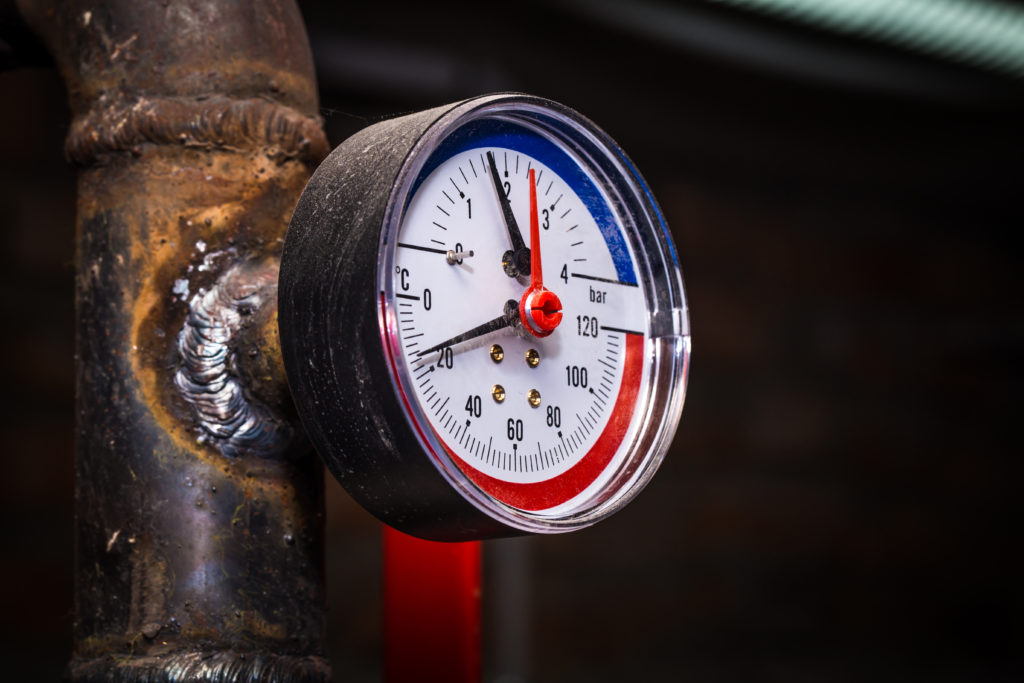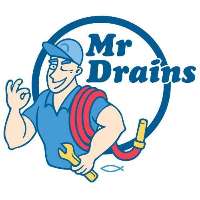How to shut down your water supply to your home
Imagine returning home and seeing water coming out from under your front door or water coming down through your ceiling because of a flexi hose that had burst in the upstairs bathroom. Frightening isn’t it? Do you know how to isolate the hot and cold water supply to your home? All homes are required to have an isolation valve to shut down the water supply for maintenance and in case of an emergency.

Generally the isolation valve is located at the water meter within a metre of your property boundary. This is also required to be above ground level so it doesn’t get covered with leaves and landscaping. Sydney Water also need to be able to view this so you can be charged correctly for your water usage and don’t get a street average. If you’re a homeowner or even renting the property it is a great idea to locate your water meter and your shut off valve for these reasons. You simply turn the shut off valve clockwise like a normal tap and this will isolate the water to your home.
How to isolate your Gas supply to your home
Knowing the location of your gas meter and the ball valve which is the isolation valve on the inlet side of the gas meter is extremely important as a homeowner because if you do get a gas leak or a fire occurs it’s very important for you and your family’s safety to shut down your gas supply ASAP. Your gas meter is generally located either on the side of your house or just inside your fence line. It sometimes can be covered with a weatherproof box. To isolate the gas supply just turn the ball valve so the T handle is crossing the pipe, this indicates that the gas supply is now shut down and your home is safe.
How to check for a water leak
If you are noticing wet and muddy patches around your yard or you have recently received a higher water bill than your previous quarter this indicates that you have a water leak. Another way to check if you have a water leak on your property is to make sure all your taps and toilets are off and not leaking in your home, then go to the water meter and get the last four numbers which are black on the water meter, allow 20 minutes and during this time make sure no taps are turned on or toilets are flushed. Then check the reading and make sure the numbers still line up. If the number has gotten larger this indicates water is being used on your property. Which means you have a water leak.
Check the condition of Flexi hoses
Another great tip which a lot of people neglect until it is too late is the condition of the flexi hoses under kitchen sinks, laundry rooms, basins and on your toilets. Be proactive and don’t wait until your flexi hose bursts as this could cost you thousands of dollars in repair costs and not to mention the structural damage it may cause to your home.
To check the condition of your flexi hoses around the home, all you need to do is look for any visible rust spots or discolouration on the flexi hose and also check to ensure they are not misshaped or frayed. If you noticed any of these warning signs, have them changed as soon as possible to prevent flooding and damage to your home.
Hot water system care
Hot water systems are the homes engine room. It’s easy to forget just how much we depend on our hot water systems. Showering, cooking, washing up; most people only appreciate just how important their hot water tank is when it fails. Do not neglect your hot water system and do not assume it will run forever. If you don’t maintain your car it will break down and if you don’t maintain your hot water system it will break down. Ensure you regularly release some water through your TPR line, we recommend doing this every 3 to 6 months. Every 2 years we recommend having your sacrificial anode which is located through the centre of the tank replaced. The sacrificial anode allows the water to rust it first before it starts rusting the tank which prolongs the life of the tank. Ensure you have a pressure limiting valve installed on a new tank to protect it from over pressure. Hot water systems need love and care so please give it to them.
First signs of a blocked drain
You don’t know what is lurking in your drain and you don’t know the condition of the pipe until generally it starts to block up and flood your house or your lovely garden. Some early warning signs of a blocked drain are bad smells in your bathroom and laundry, a gurgling sound like a monster is living in your pipes and slow draining fixtures. These are all early warning signs of a blocked drain. If you notice any of these warning signs, try to run a large amount of water to try and flush things through your drains, if this doesn’t work get in touch with your emergency plumber and see if they can assist you. We recommend having all drains checked early to avoid unexpected blockages and costs associated with blocked drains
